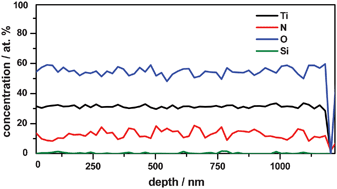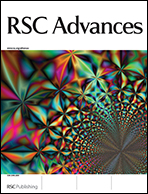Plasma and ion beam technologies have been proven to be effective approaches for modification of surface properties of different materials. In the present work, structure, phase composition, hydrophilicity and microhardness of titanium oxynitride TiNxOy, and pure and phosphorus ions implanted TiO2 coatings produced by metal plasma immersion ion implantation and deposition were investigated. The mixed, highly amorphous TiN0.4O1.6 surface has maximal hydrophilicity and microhardness. P implantation in a TiO2 layer consisting mainly of rutile phase leads to disorder in the crystal lattice, slight amorphisation, and increasing hydrophilicity as well as microhardness of the surface. To evaluate the correlation between the structure of the layers and their cytocompatibility, the influence of the surfaces on the behavior of osteoblast-like SaOS-2 cells was studied in vitro. The cells were cultured on the three Ti-based coatings, both on the bare surfaces as well as on the surfaces biomineralised from simulated body fluid. No statistically significant differences were observed for cell adhesion to all bare Ti-based surfaces. Cell proliferation and osteogenic differentiation were surface sensitive and showed an opposite effect: osteogenic differentiation, indicated by an increase of alkaline phosphatase (ALP) activity, on the P-implanted TiO2 and TiNxOy surfaces was reduced whereas the proliferation increased in comparison to TiO2. Attachment and proliferation of cells were significantly lower on biomineralised surfaces.

You have access to this article
 Please wait while we load your content...
Something went wrong. Try again?
Please wait while we load your content...
Something went wrong. Try again?


 Please wait while we load your content...
Please wait while we load your content...